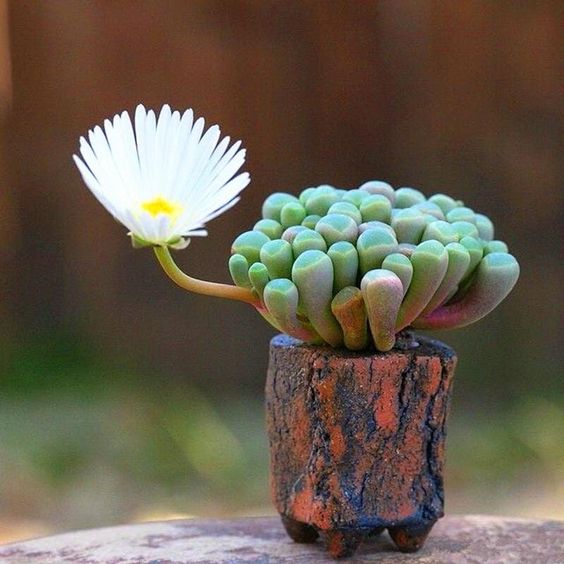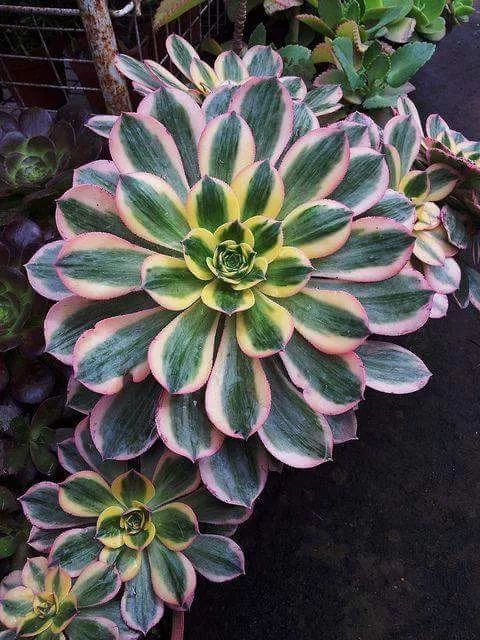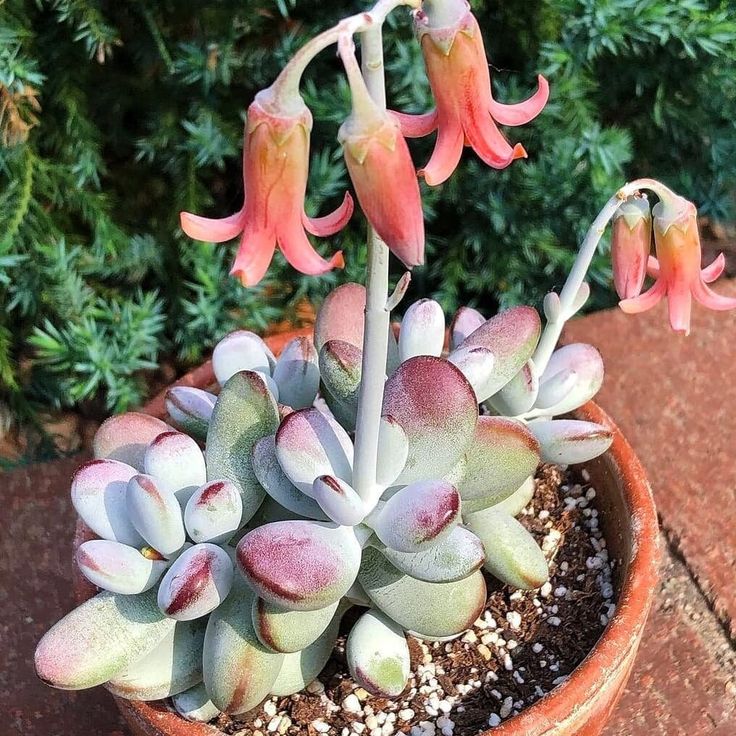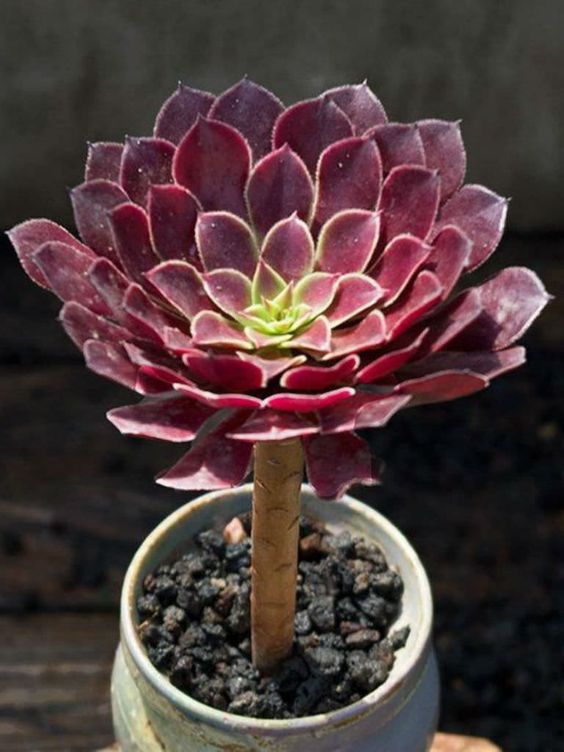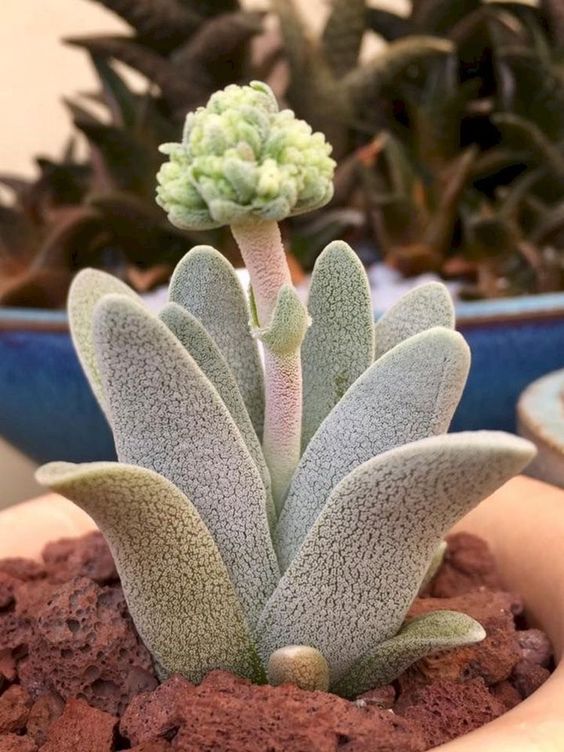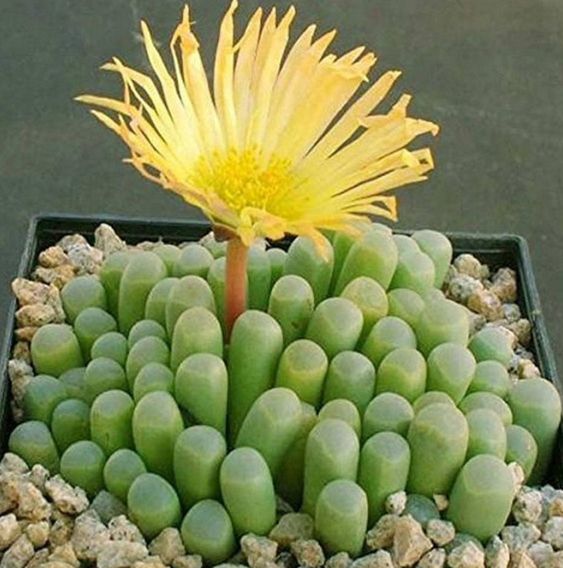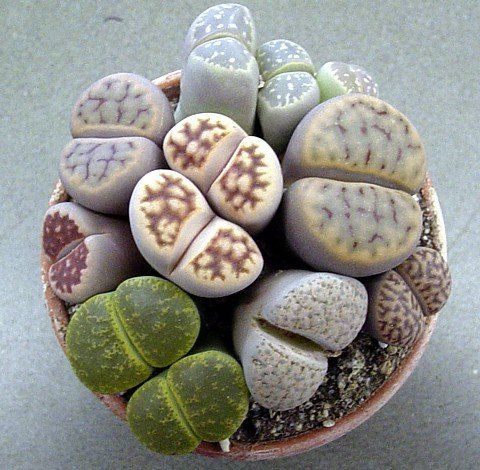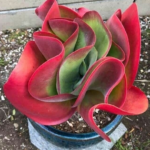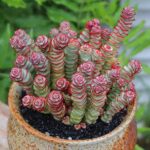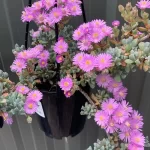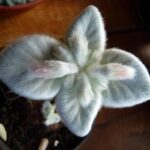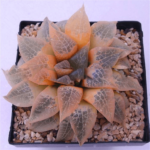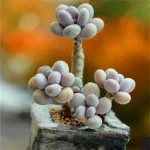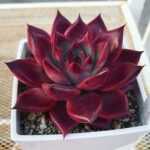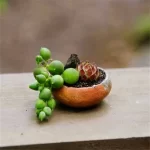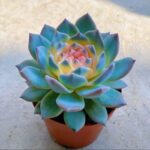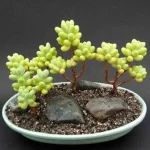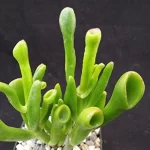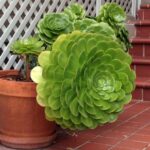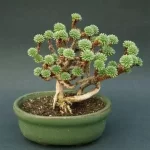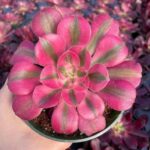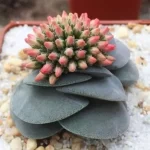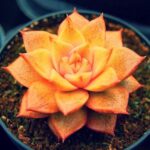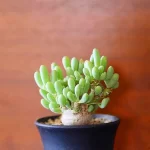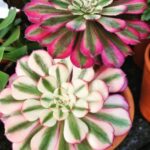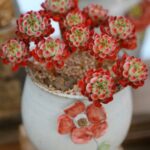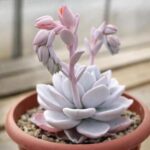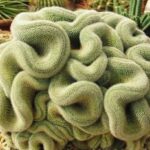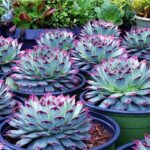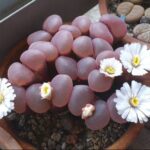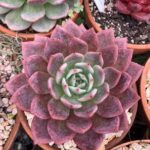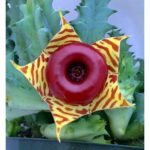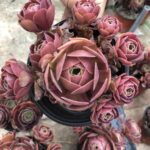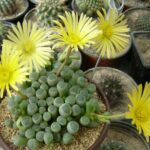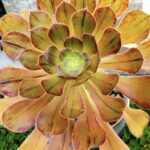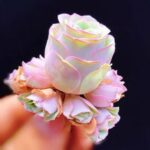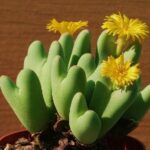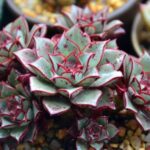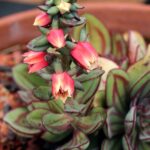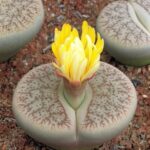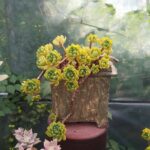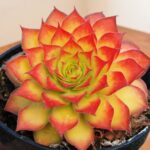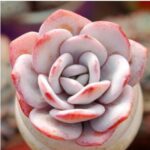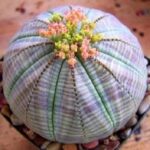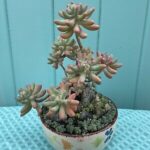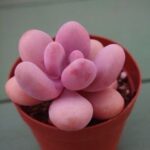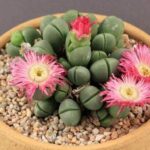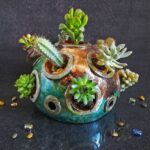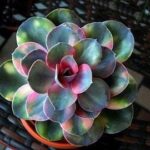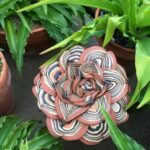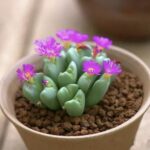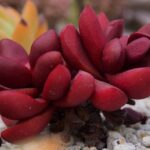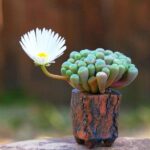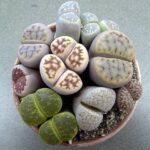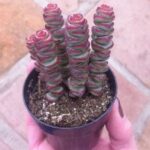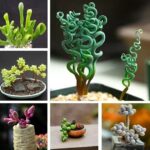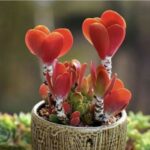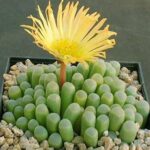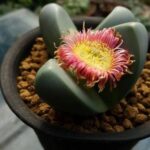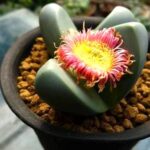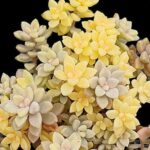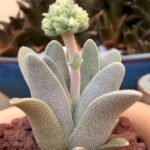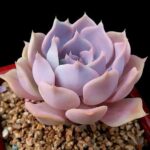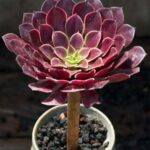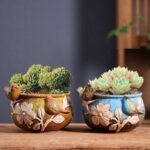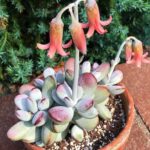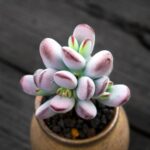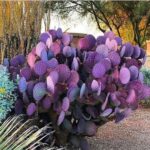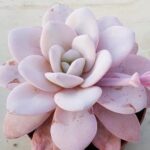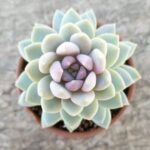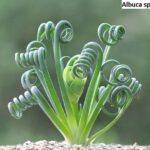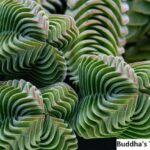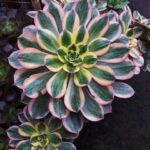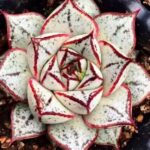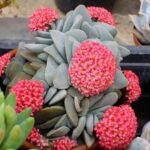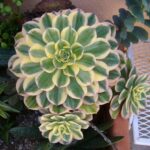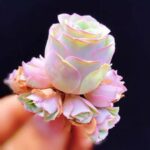Succulents are full of charm. You’ve probably seen them making a statement at weddings, on office desks, and all over your favorite social media accounts. To say they are having a moment is an understatement. But while succulents are becoming increasingly popular, some people don’t realize that they’re actually not the easiest plants to care for. Don’t let their size fool you. Succulents require a desert mentality. In other words, full sun, torrential rains, and drastic temperature swings typical of desert environments are ideal for certain types of succulents.
If you’ve ever had a jade plant and couldn’t figure out why its leaves kept falling off or a sedum unexpectedly shrunk after a routine watering, you’ll appreciate these succulent care tips. These helpful tips cover everything you need to know to keep your indoor succulents alive, from the right amount of water and light to the best type of soil.
1. Provide sufficient sunlight
Recreating a plant’s natural habitat indoors is never easy, especially when it comes to sunlight. Some varieties, such as those native to tropical environments, can still thrive despite the changing shade and sun conditions in a home. However, some plants require 12 hours of full sun and if placed in an east-facing window they could wither. The next best option is to place your succulent near a bright, south-facing window. If this is not possible due to the location of your windows, consider a succulent such as the aloe plant.
2. Water them appropriately
The Chihuahuan Desert receives just over 9 inches of rain annually—a drop in the bucket compared to what the verdant landscapes most of us call home receive. However, in the desert it pours when it rains. To keep your own desert dweller happy, try mimicking the rainfall patterns of its native habitat. Don’t treat your cacti with a trickle; Turn on the taps and unleash a deluge.
All succulents (and all plants, for that matter) benefit from a complete soaking until water comes out of the bottom of the pot. For succulents, wait until the soil is bone dry—and then some—to water again. Just be sure to keep the leaves dry to prevent mold.
3. Use the right potting soil
Most potted plants come in a standard soil mix suitable for almost any type of plant, from ferns to figs. The problem: Succulents are designed to withstand one of the most extreme environments on Earth, so regular potting soil just won’t do.
Once you bring your succulent baby home, replace the soil with a desert mix by combining half the potting soil with something like inorganic perlite. This extremely well-drained, nutrient-poor soil is suitable for most succulents that can withstand extreme temperatures, whether they are used to thriving in the high and dry Andes or the sweltering lowland areas of Death Valley.
4. Don’t pack succulents together
Succulents usually come packaged in adorable little bowls that are packed close together. There aren’t many plants that like this arrangement, including succulents. Overcrowding is one of the best ways to promote mold and insect infestation.
The second problem is that although succulents do very well with small populations, they still require food and water. Too much competition means they’re likely to lose out. If your succulents arrive in a crowded arrangement, carefully pick them out and give them their own spacious mini desert dune.
5. Make practical decisions
I know it’s really hard to resist growing a saguaro cactus indoors, but please don’t do that. Some wild animals just aren’t meant to be tamed, no matter how pretty their flowers or their beguiling shape. Instead, stick with the sturdy little cookies that happily accept the windowsill as their sweet home.
Crassula is a good genus to explore when working with indoor conditions, as is Sansevieria (also known as snake plant). The Mammillaria cacti (so-called because of their woolly hairs, shown above) are another good choice if you’re looking for a prickly plantare zen companions.
 TopsDecor.com Home Decor Ideas
TopsDecor.com Home Decor Ideas
